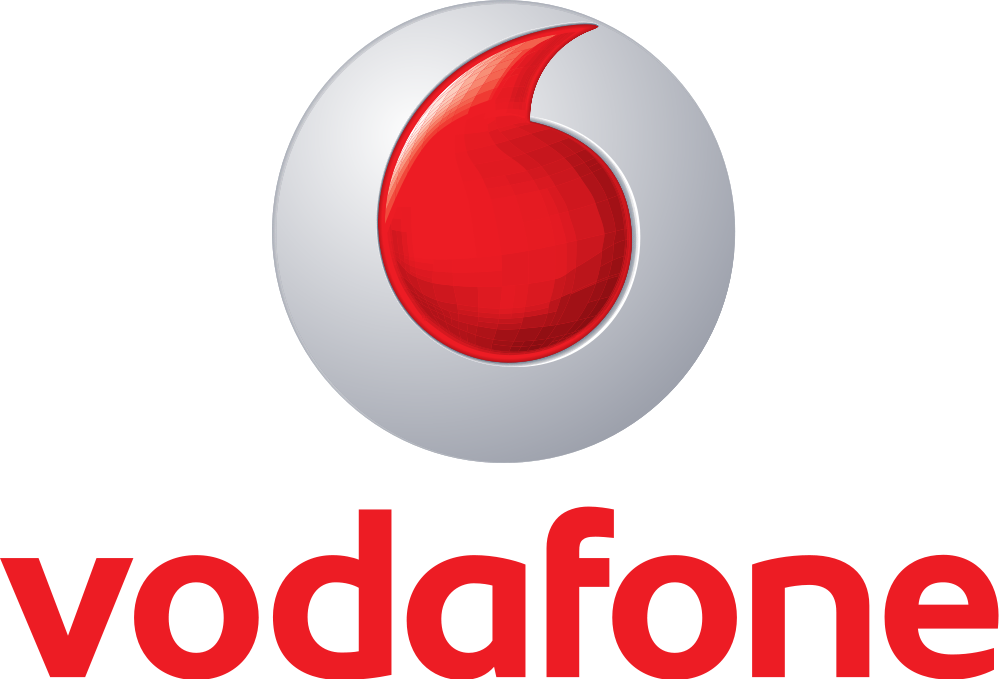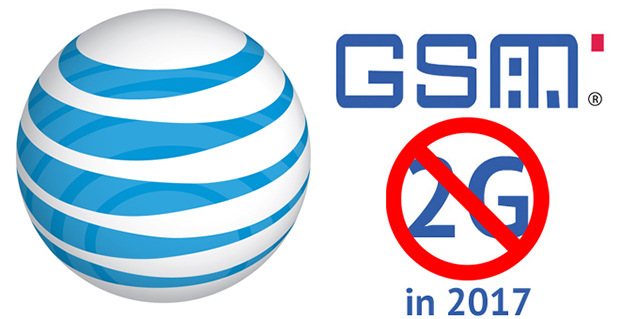
AT&T is planning on shutting down its 2G network, GSM voice, GPRS/EDGE data and all. It won't happen for a long, long time so no need to rush to the store if you don't have a 3G-enabled smartphone the shut down is planned for January 1, 2017.
But Why ? AT&T estimates that only 12% of their postpaid customers still use 2G phones. Virtually all new phones support 3G, but it won't matter how likely are you to keep the phone you have now for 4-5 more years? I wonder if it's even necessary to wait that long.
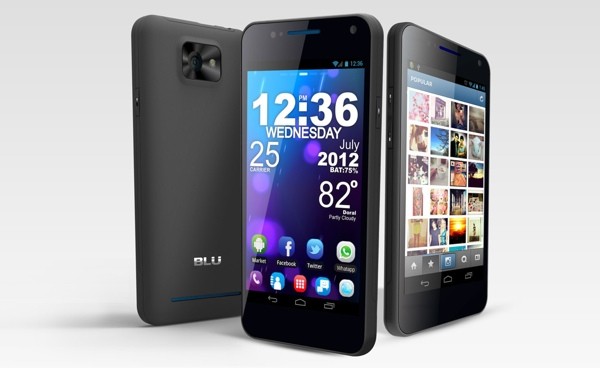
BLU VIVO 4.3 is an Android Ice Cream Sandwich smartphone offers dual-core, dual-SIM functionality, to go with good looks and low price tag.
The BLU VIVO 4.3 features a dual-core Cortex-A9 CPU and MediaTek MT6577 chipset. The GPU is PowerVR SGX531. There's a gig of RAM and 4GB of built-in memory which can be further expanded via microSD card.
One of the most pleasant surprises in the BLU VIVO 4.3's spec sheet is the presence of a 4.3" Super AMOLED Plus display with WVGA resolution. An 8MP camera with 720p video recording, 1600mAh battery and customizable Android 4.0 Ice Cream Sandwich complete the highlights of the device's spec sheet.
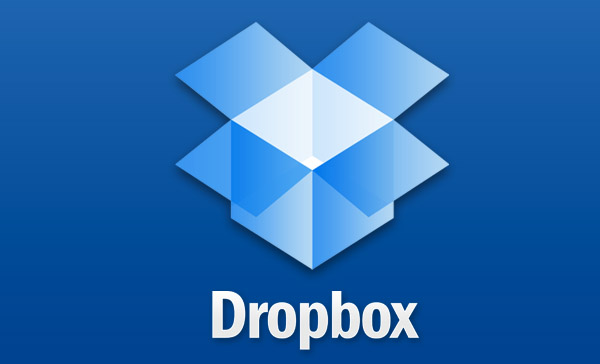
After investigating complaints from its users getting crazy amounts of spam, Dropbox has announced that Emails and passwords stolen from third-party websites have been used to hack into existing Dropbox accounts. One of the breachеd accounts is a Dropbox employee's and it happened to contain some project files with a number of Dropbox client email addresses.
Dropbox will be Introducing New security Measures to protect its users from such attacks :
- Two-factor authentication - a way to optionally require two proofs of identity when signing in.
- New automated mechanisms to help identify suspicious activity. We'll continue to add more of these over time.
- A new page that lets you examine all active logins to your account.
- In some cases, we may require you to change your password.

Do you want to be Batman? Well, in these days we have the technology that can build all batman's gadgets & suit but it will cost you!
It would COST $682 Million for a real-life Batman to fund his world-saving lifestyle, thanks to the price of high-tech cars, gadgets, his mansion and training, a new infographic says.
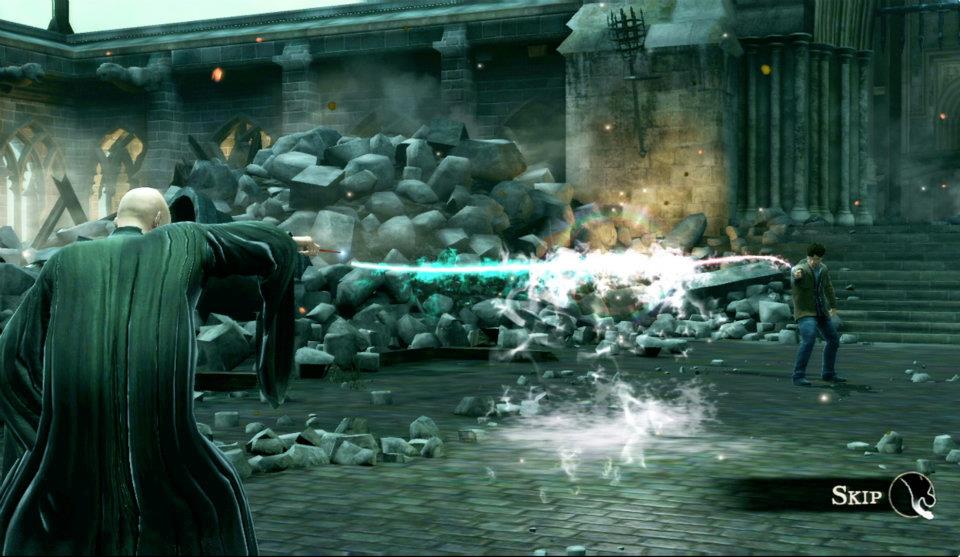
After the release of the last part of the Most popular Movie series of all time Harry Potter and the Deathly Hallows Part 2, The Company that is responsible of developing harry potter video games, which is EA (Electronic Arts), is thinking about making an Android version of the game.

EA wants to get the popular Harry Potter game into the Android world, After many HD games has already hit the platform... EA want to target all harry potter fans through Google Play, It's also likely that an iOS version is Coming too.
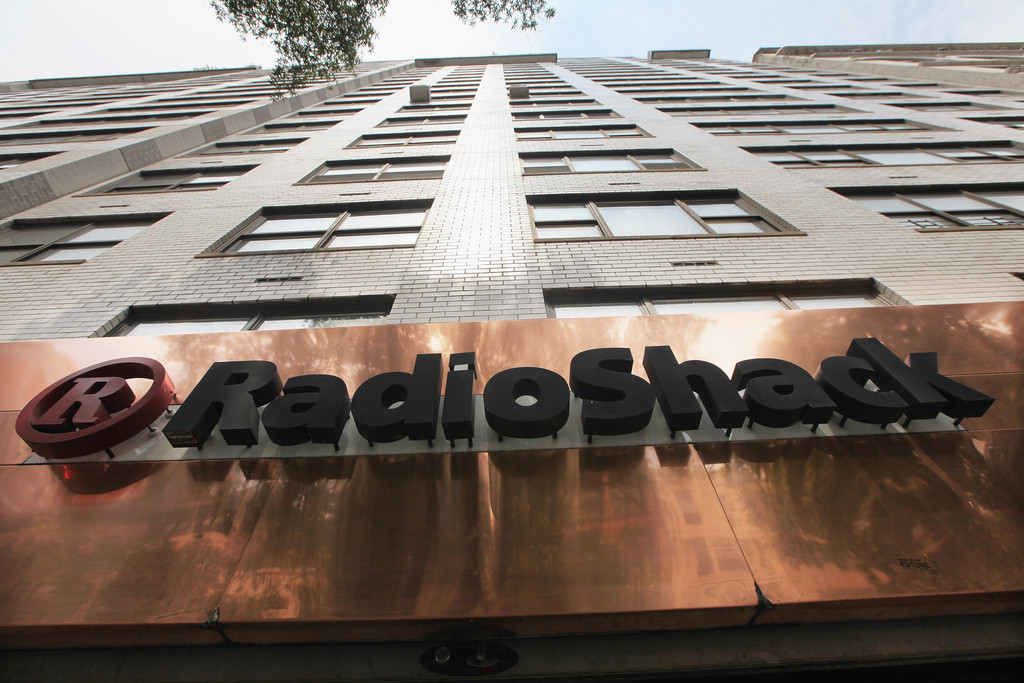
The popular Gadget and electronics retailer, RadioShack, will be launching its own pre-paid carrier brand in October 2012. That's what an inside source within the company shared with us and the info comes straight from the RadioShack kitchen.

It's still a rumor, so we better wait until an official announcement. We do know that the future carrier will sell its phones only at RadioShack initially. Stay tuned for info about this story and where the carrier will launch.

The first Crysis game was a breakthrough in the PC graphics, but the second one couldn't quite achieve the same heights due to its multi-platform nature. Here is the latest Screenshots of the Upcoming Crysis 3 Game from Crytec.



Toshiba released it's latest range of REGZA smartphones in japan, REGZA T-02D. The New smartphones comes with a 13.1 megapixel Camera, packing a Sony EXMOR R BSI sensor and claims to go as high as ISO 25,600 equivalent ISO.
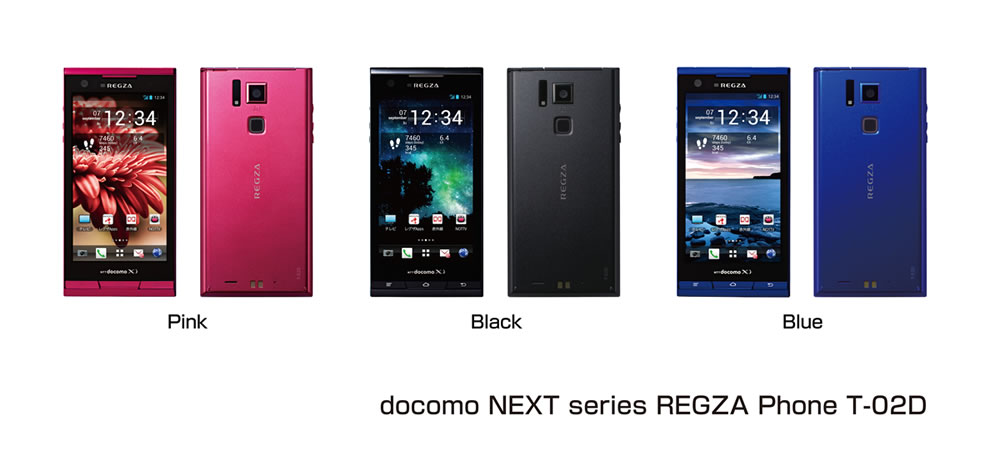
These New REGZA Phones includea a dual-core 1.5GHz Snapdragon S4 processor, 1GB of RAM, 4.3-inch, qHD NEW AMOLED Plus display with Corning Gorilla Glass coating, fingerprint sensor, water IPX5/8) and dust-resistance (IPX5), 1,800mAh battery and Android 4.0 ICS.
One of the most controversial topics for Android fans is the waiting for a carrier to update a handset with the latest build of the OS. Vodafone has taken the time to describe its process on its website. The carrier points out that the goal is to get the latest software on customer's devices and the first step actually comes from the OEMs who make the decision which models will receive or need an update. In making that decision, the manufacturer looks at the customer experience of using the new software build on a specific device. This is actually the reason cited by HTC for it's decision not to proceed with Desire HD Android 4.0 update. The manufacturers rightly believe that customers would rather have a smooth running phone running the prior OS build than a unit that freezes and has problems running the latest build.
"The first step in the process is for manufacturers to decide which devices will receive or need an update. In the case of a major firmware upgrade - such as Android devices moving from Gingerbread to Ice Cream Sandwich - it's largely dependent on the experience that the combination of the new software and the hardware capabilities of the device can offer customers. That call is made by the manufacturer in the first instance" - Chris May, Vodafone head of terminals technology
Using the Huawei Ascend G300 as an example, Vodafone says that once the manufacturer makes the decision to proceed with the update, it waits for the software from the developer, in this case it would be Google. Once the software is received, the OEM develops a version of it for their device. Vodafone, at this point, makes sure that the software includes the features it wants its customers to enjoy and adds branding and features like "music, apps or even remote diagnostics capabilities". The carrier wants its customers to "get the best possible experience" from the moment they turn on their new phone for the first time.
© 2023 YouMobile Inc. All rights reserved















